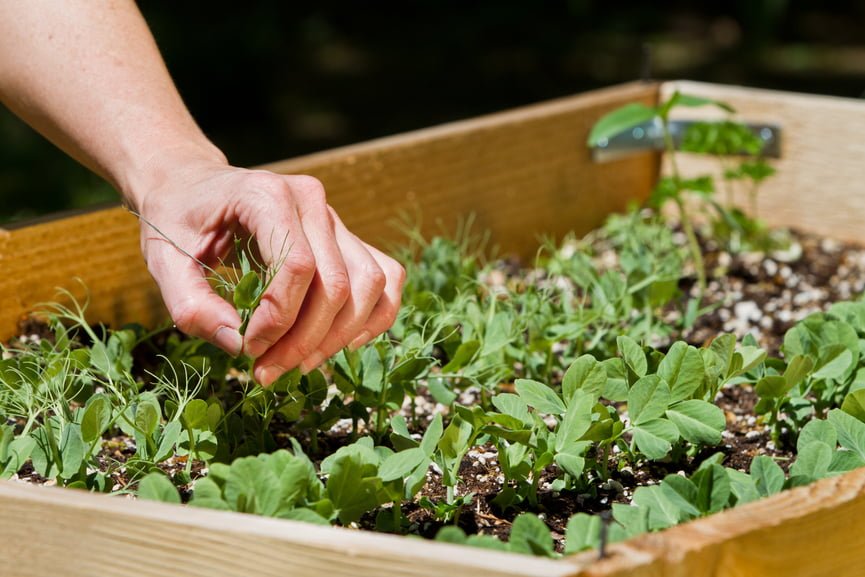
Raised bed gardening has become an extremely popular approach to planting flowers and growing vegetables. Raised planting beds solve many traditional gardening problems because they allow you to control soil conditions and drainage. Simple and inexpensive to build, raised beds can extend your gardening skills to new heights.
Benefits of Elevated Gardening
Poor soil conditions plague many home gardeners but using elevated beds allows you to create your own combination of dirt, compost, fertilizer and other organic materials. You can build your elevated garden anywhere, even in locations where traditional gardens would not be possible. Raised root systems are healthier and not at risk of compaction or becoming waterlogged. This leads to stronger plants, more vibrant blooms and increased yields of fruits and vegetables. Your back and knees will appreciate your raised beds as weeding and other maintenance is much easier in elevated beds.
Building a Raised Bed Garden
The first step is building the beds’ framework. The Internet offers many how-to ideas, but the most popular materials include redwood or cedar boards, concrete blocks, bricks and paver stones. Use whatever materials you like but avoid pressure-treated lumber and railroad ties that have been soaked in creosote as they can poison your plants. If you plan to purchase your materials, wood is the least expensive. However, many creative gardeners find recycled materials on Craigslist or at yard sales. Experts recommend leaving three to four feet between beds if possible. Add soil and top with a 1” layer of mulch to help keep moisture in.
Planting for Your Elevated Garden
Almost any vegetable can be grown in a raised bed, with the exception of potatoes, corn or any plant with a bulky, extended root system. Intermix your plants by placing shallow-root specimens next to those with deep roots. Some plants, such as tomato varieties, peas and pole beans may require a trellis or wire cages for support. Plant these taller plants in such a way that they will not shade the shorter species once they reach maturity. Use the Farmer’s Almanac or other planting tables to schedule plantings, but remember that raised beds allow you to plant earlier in the spring than in-ground gardens.
Many gardening books and websites offer great ideas, layouts and designs for raised-bed gardening, but keep in mind that your area’s climate and geography determine what works best in your location. Visit your local garden center for the best advice and to purchase high-quality soil, mix-ins and plant materials. Before you know it you’ll be an expert at raised bed gardening!


